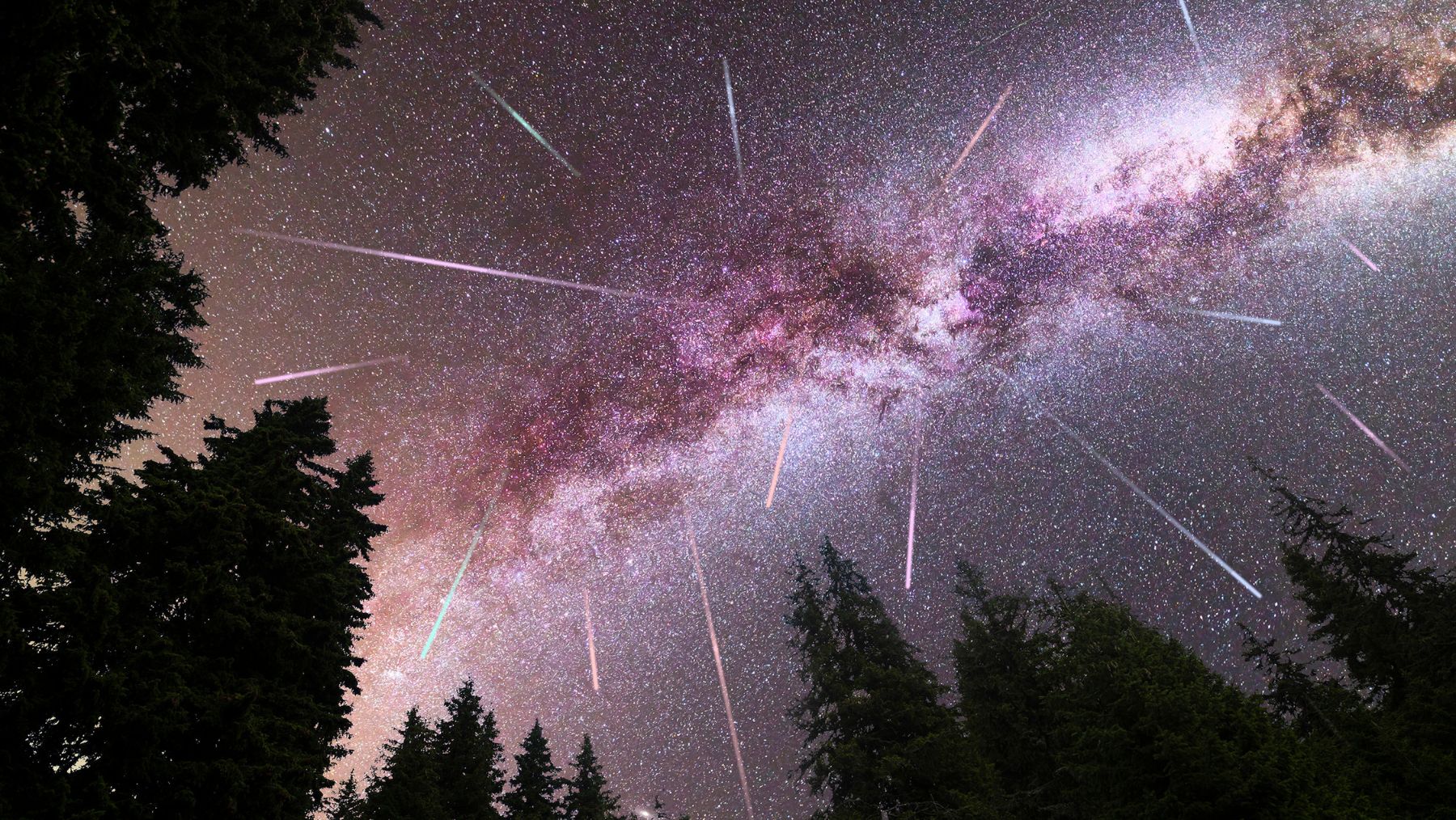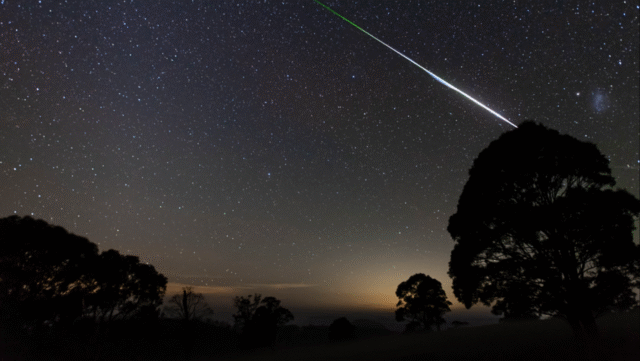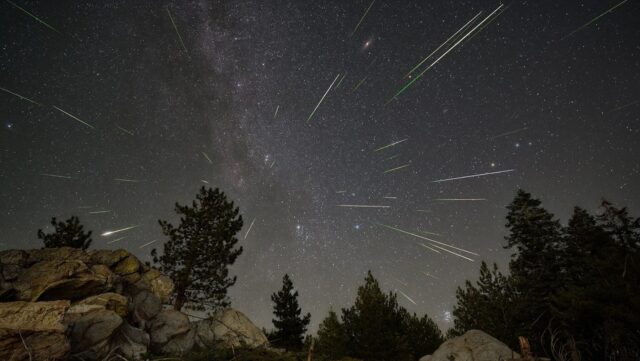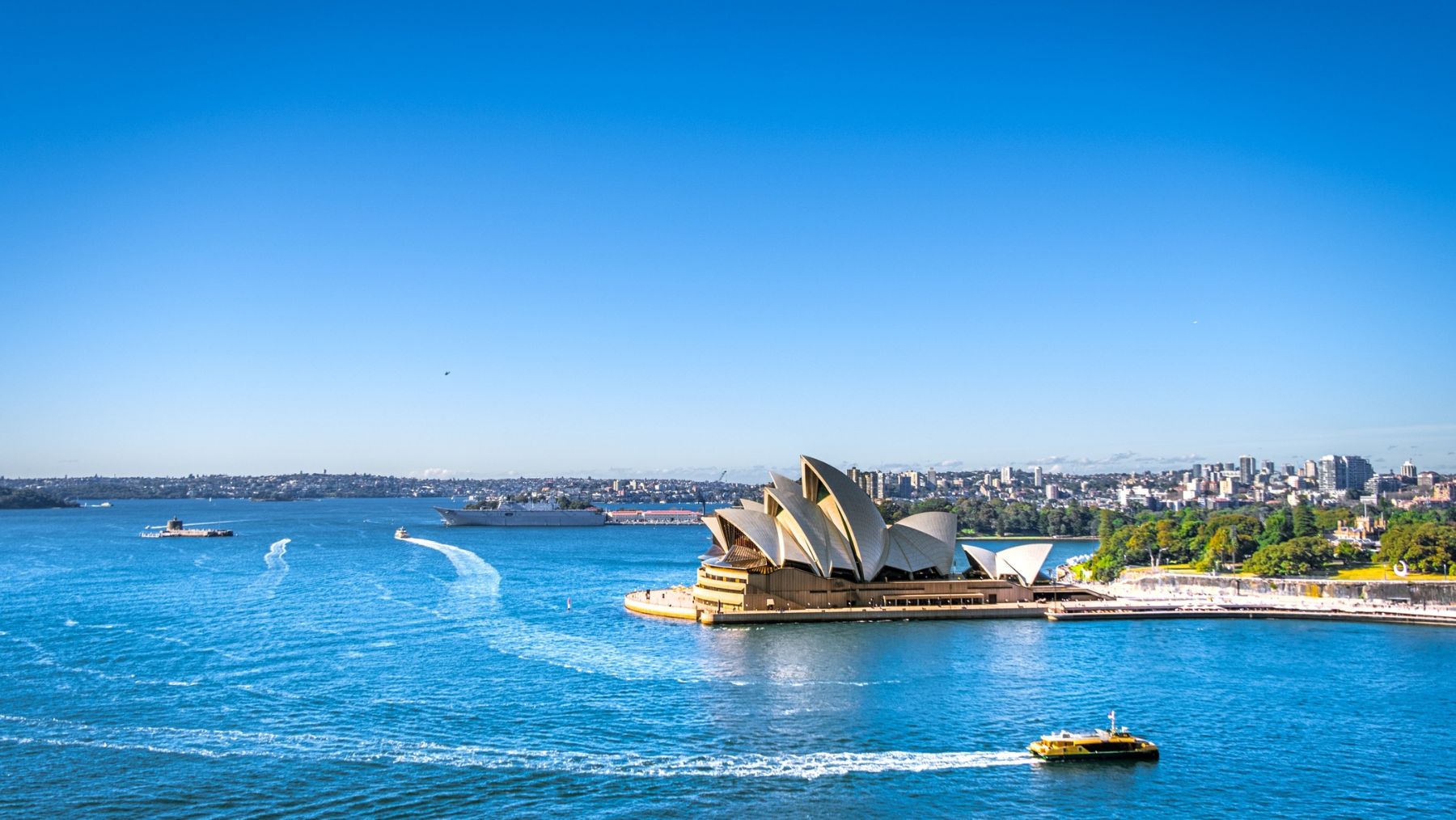- Two meteor showers will peak simultaneously from Monday to Wednesday this week (July 28-30).
- The Southern Delta Aquariids and the Alpha Capricornids will illuminate Australia’s skies.
- If skies stay clear and light pollution is low, we could be treated to a stunning display.
Two meteor showers will converge over Australian skies this week, offering the potential for a dazzling celestial display for those willing to keep an eye on the night sky. While these showers overlap every year, it’s rare to catch both peaking so close together, making this an unmissable moment for anyone with a love of the stars.
When can I see the double meteor showers?
Both the Southern Delta Aquariids and the Alpha Capricornids showers will make an appearance early this week. The Southern Delta Aquariids occur annually from mid-July to mid-August, with peak activity on July 28 or 29. The Alpha Capricornids shower is also approaching its peak, reaching its brightest levels on Wednesday.
The best time to look out for the double showers will be between midnight and 4am on Tuesday and Wednesday night (July 29 and July 30), so set your alarms and make sure you wrap up warm.
READ MORE: Up to 100 meteors per hour: Perseids meteor shower to light up Sydney skies
What are the Southern Delta Aquariids?
The Southern Delta Aquariids get their name because their radiant (the point the meteor appears to come from) appears to lie in the constellation Aquarius, near one of the constellation’s brightest stars, Delta Aquarii. The Aquariids will have 20 meteors zooming through the sky per hour at peak time, winning them the title of third-strongest meteor of the year.
It is thought that these meteors are caused by a comet known as 96P/Machholz. As comets or asteroids pass through space, they leave behind trails of debris — and when Earth travels through this debris, the particles burn up in our atmosphere, creating the meteors visible to us.

What are the Alpha Capricornids?
The Capricornids may be much weaker than the Delta Aquariids, with roughly five meteors zipping past per hour, but they can also be more dramatic, shooting random bursts of light across the sky, appearing like luminous fireballs. Similarly to the Aquariids, the Capricornids get their name from their radiant point location, near the star Alpha Capricorni in the constellation Capricornus. These meteors are thought to be caused by debris left by comet 169P/NEAT.
How do I see these meteors?
The best time to observe these meteors is in the early hours before dawn, ideally in a location far from city lights to minimise light pollution. Australia has a prime position for spotting this celestial event, as the showers are more visible in the Southern Hemisphere, where the radiant is higher in the sky during peak time.
READ MORE: How to get Ed Sheeran Sydney concert tickets 2026
Top tips for seeing meteors
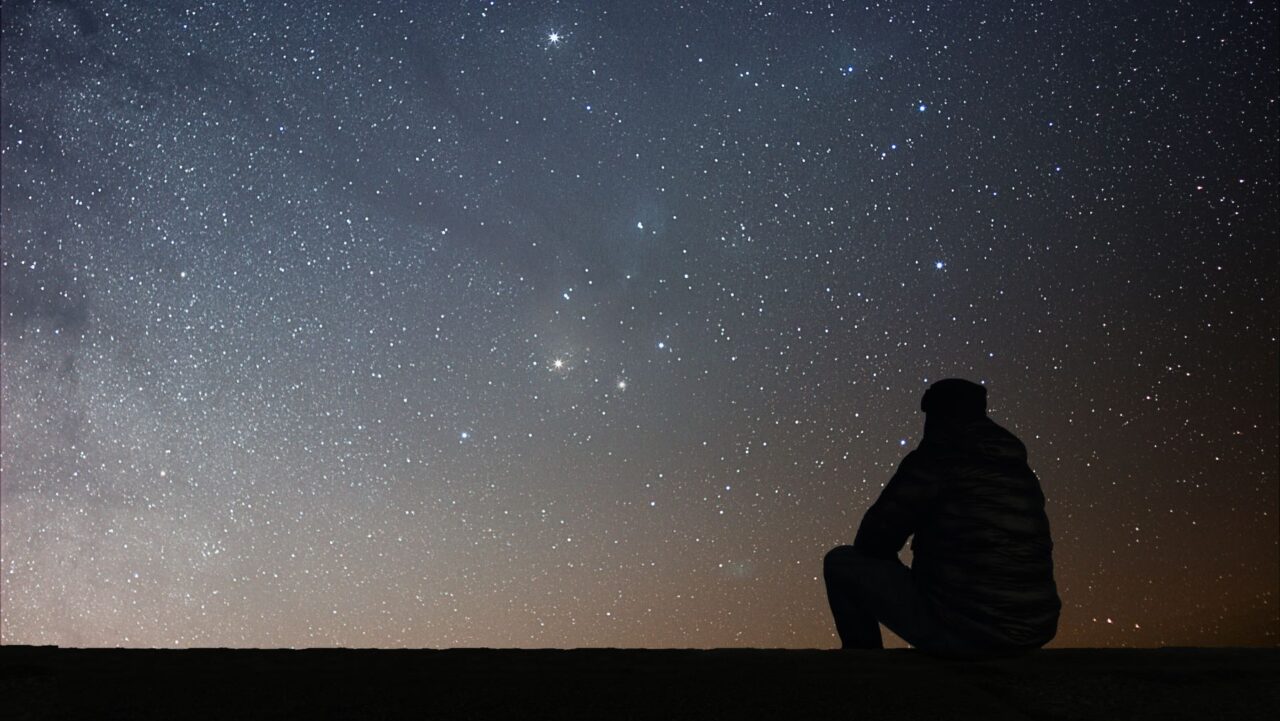
READ MORE: Barangaroo is hosting free wellness sessions throughout August
1. Get away from city lights
Finding a secluded spot, away from bright city lights, gives you the best chances of seeing a passing meteor or two. Too much light pollution can distort visibility. So can moonlight, however the moon’s currently out of the way at the moment, meaning darker skies and more favourable conditions for stargazing.
2. Use your eyes (no, really)
Don’t rely on your camera to capture the action. It can take up to 20 minutes for your eyes to adjust completely to the darkness, and staring at an LCD screen won’t help at all. Lie down and keep your eyes fixed on the sky, taking in the 180-degree views your eyes offer (that telescopes don’t).
If you do want to bring some form of apparatus, opt for binoculars. They’re convenient, usually come with a lower price tag than a telescope, and show you a wider area of the sky too.
3. Dress for the weather
Check conditions before leaving — you’ll want to note the cloud cover for visibility anyway — and make sure you’re comfortable and ready to stay out for a while. Bring a blanket, warm clothes and maybe even a chair or mat to lie on. Meteor watching can be a waiting game.
You can also download the Sky Map app to monitor conditions so you don’t head out for disappointment. It can also help you choose the best location for the meteor show.

